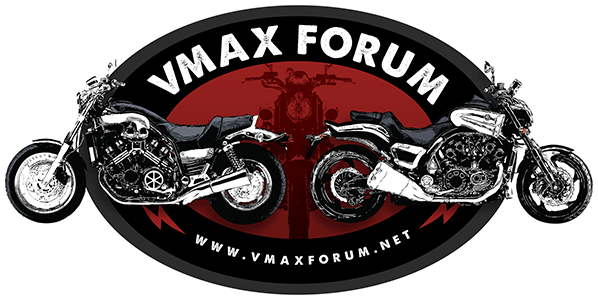AndrewT
Member
Hi,
Do we have a library of Ignitech ignition maps for different bike set ups? I have searched all documents a few ways and have not found much info.
I have a 96 Gen 1 and it has a few modifications as follows to engine, exhausts and intake.
Ported heads
Mild cams - a bit more duration than standard.
11.5:1 compression
K&N filter with Y off.
Carbs tuned with AF ratio gauge.
Standard exhaust with front header connecting tube removed and changes to the internal baffles in the mufflers.
Ignitech race 3 ignition.
A bunch of telemetry on board going to a data recorder.
I'm looking at boost up to 1 bar.
Looking for Ignitech ignition maps for a turbo or supercharged bike set up. Or any other maps that have been improved on a Dyno.
Additionally, as there are quite a few bikes in this group with Ignitech ignitions it would be good to create a tuning library?
Thank
AndrewT
Do we have a library of Ignitech ignition maps for different bike set ups? I have searched all documents a few ways and have not found much info.
I have a 96 Gen 1 and it has a few modifications as follows to engine, exhausts and intake.
Ported heads
Mild cams - a bit more duration than standard.
11.5:1 compression
K&N filter with Y off.
Carbs tuned with AF ratio gauge.
Standard exhaust with front header connecting tube removed and changes to the internal baffles in the mufflers.
Ignitech race 3 ignition.
A bunch of telemetry on board going to a data recorder.
I'm looking at boost up to 1 bar.
Looking for Ignitech ignition maps for a turbo or supercharged bike set up. Or any other maps that have been improved on a Dyno.
Additionally, as there are quite a few bikes in this group with Ignitech ignitions it would be good to create a tuning library?
Thank
AndrewT











![LISEN Bike Phone Holder, [2024 Upgrade] Motorcycle Phone Mount, Bicycle Phone Holder, Handlebar Phone Mount, Dirt Bike Accessories, Bicycle Accessories, Gifts for Men for iPhone 4.7-7" Phone, Black](https://m.media-amazon.com/images/I/41FJGrZQ5ML._SL500_.jpg)












![Bovemanx Motorcycle Phone Mount Holder, [150mph Wind Anti-Shake][7.2inch Big Phone Friendly] Bike Phone Holder, Motorcycle Handlebar Cell Phone Clamp, Compatible with iPhone 16 Pro Max Smartphones](https://m.media-amazon.com/images/I/51F+1sontPL._SL500_.jpg)









![Lamicall Motorcycle Phone Mount Holder - [Dual Vibration Dampener] [720° Adjustment Arm] Motorcycle Cell Phone Holder, Bike Handlebar Phone Mount, for iPhone 16/15/ 14/13 Pro Max, 4.7-6.7" Phones](https://m.media-amazon.com/images/I/41g9IDInCIL._SL500_.jpg)